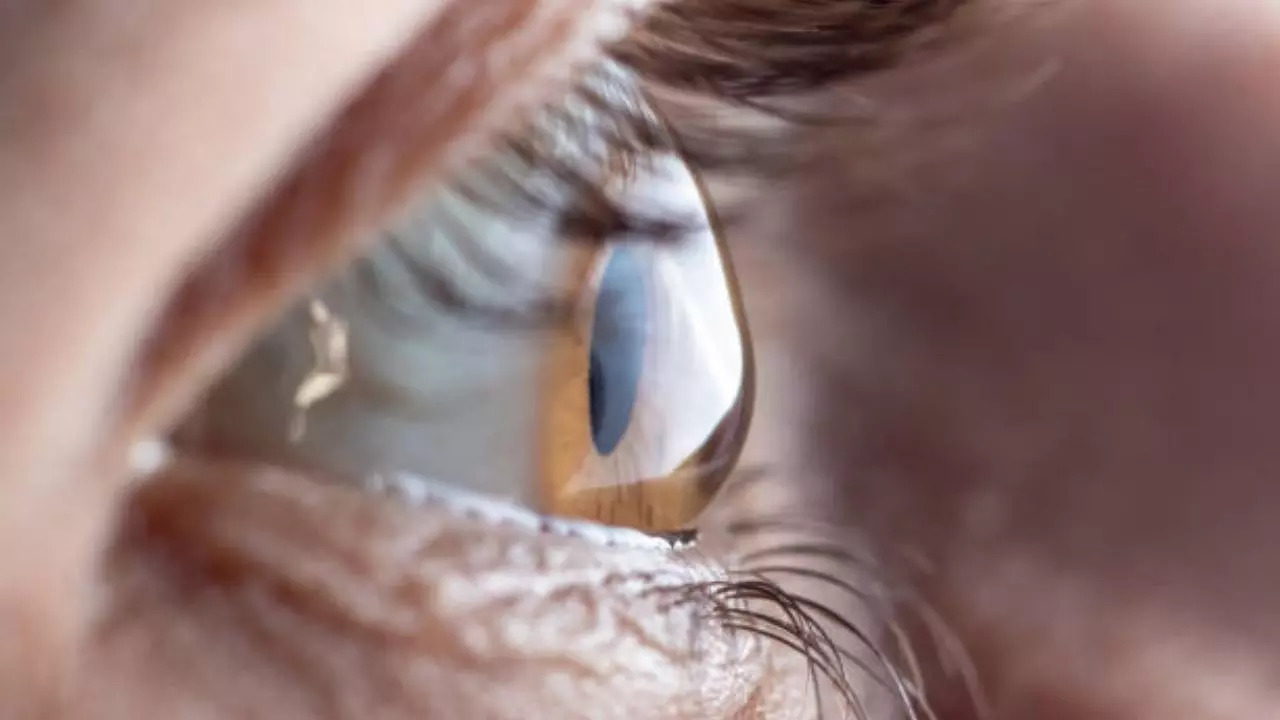Contents
-
news
-
Health
Biggest blindness breakthrough: Japan delivers world’s first stem cell-treatment to restore vision
In a medical breakthrough, three people with severely impaired vision who received stem-cell transplants two years ago have seen their vision significantly improve. A fourth person with severely impaired vision also had vision improvement, but it was not sustained. The four are the first people to receive implants made from reprogrammed stem cells to treat damaged corneas, the transparent outer surface of the eye.

Conventional treatment for LSCD is limited and previous attempts to restore vision have faced many challenges, including serious side effects.
In a remarkable medical initiative, Japan has conducted the world’s first stem cell treatment to treat complete blindness using stem cell therapy. Researchers at Osaka University have successfully restored vision in patients suffering from limbal stem cell therapy, or LSCD – a rare eye disease that occurs when stem cells in the cornea are not able to regenerate and repair the surface.
According to experts, LSCD is characterized by the loss or depletion of stem cells in the limbus that are important for the re-population of the corneal epithelium and the barrier function of the limbus. LSCD, in addition to damaging the cornea of the eye, also causes persistent pain and vision loss.
Conventional treatment for LSCD is limited and previous attempts to restore vision have faced many challenges, including serious side effects.
Researchers use alternative cells to perform corneal transplants
Osaka University ophthalmologist Kohji Nishida and his colleagues used an alternative source of cells – induced pluripotent stem or iPS cells – to perform corneal transplants. They took blood cells from a healthy donor and reprogrammed them to an embryo-like state, then transformed them into a thin, transparent sheet of cobblestone-sized corneal epithelial cells.
The scientists enrolled two women and two men aged 40 to 70 with LCSD in both eyes between June 2019 and November 2020. As part of the surgery, the team removed the layer of scar tissue covering the damaged cornea in only one eye. , then an epithelial sheet obtained from a donor was stitched on and a soft protective contact lens was placed on top.
Vision tests were recently conducted
Two years after receiving the transplant, it was reported that none of the recipients suffered any side effects. Neither grafts formed any tumors – a known risk of growing iPS cells – nor did they show any signs of being attacked by the recipients’ immune systems. Scientists said two patients also did not receive immunosuppressant drugs.
Since the transplant, all four recipients have seen improved vision and a reduction in the area of the cornea affected by LSCD. All but one recipient continued to improve, showing minor reversals during the one-year observation period.
The researchers say that even though it’s not clear what exactly caused the improvement in vision, it’s possible that the transplanted cells grew in the recipient’s corneas themselves. But the increase in vision may also be due to the removal of scar tissue before the transplant, or the transplant may cause the recipient’s own cells to migrate from other areas of the eye and rejuvenate the cornea.
Nishida says they plan to start clinical trials in March next year to assess the efficacy of the treatment. Several other iPS-cell-based trials are also underway globally to treat eye diseases.
Get the latest news live on Times Now with breaking news and top headlines from around the world.


